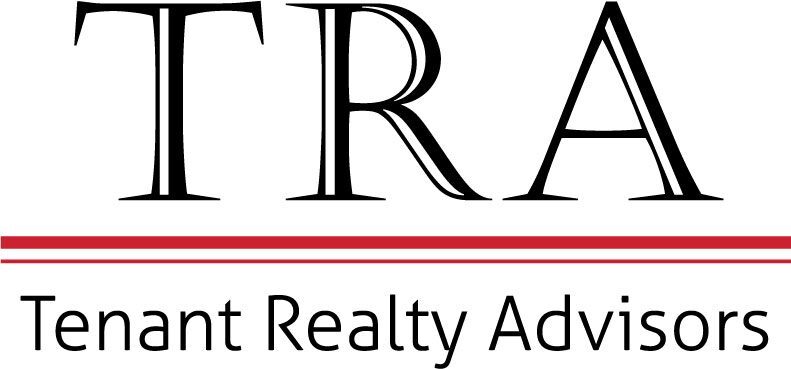When renewing a lease or purchasing a building, the term “comp” (comparable) is thrown around as landlords and agents justify renewal rates and sales prices. As a tenant or buyer, you may even be provided these comps by the other party as proof that their offer is fair. However, I always encourage my clients to examine the fine print of these comps before accepting the story being sold by the other side.
For instance, in a renewal, a set of comparables showing only the lease rate does not tell the whole story. What were the annual escalations? How much, if any, of a TI (tenant improvement) allowance was provided? How does the credit worthiness of the other tenants compare? And so on … There is much that goes into the value of a leased space, and often the rent is only one factor. For my downtown storefront clients, I have gone as far as comparing the length of their street front window exposure, their signage and their access to client parking. Surely a tenant with few or none of the above should not pay as much as a competitor enjoying the benefits of all of those amenities.
When considering comparables on a purchase, we often see the value expressed in $X/SF. But what if a property has a lot of non-usable basement? What about upstairs storage? How about excess parking over and above the standard parking ratio? How much money was spent on a so called comparable property to make it code compliant? These points and other similar factors are rarely, if ever, addressed when discussing value via comps.
I encourage you to ask for the details and look closely at how they affect value. Once this homework is done, an educated, defensible offer or counter offer can be made.
